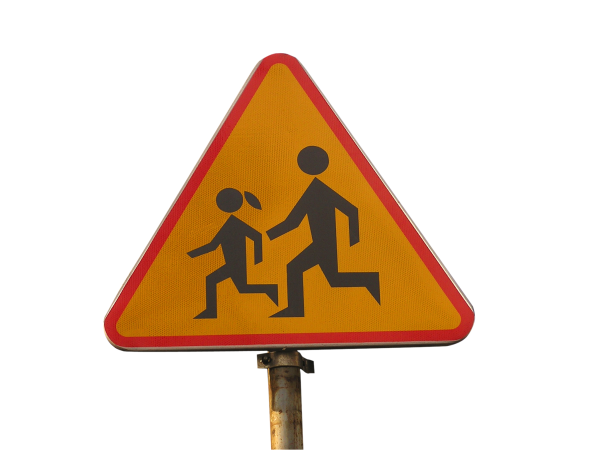by Sherrie Wilkolaski
 Are you a children’s book author? I’m going to give you a few tips on how to write a better children’s book. Having worked with many children’s book authors throughout my career, I’ve seen it all; authors with traditional publishers and agents... both successful and some still trying to find their way. What takes one children’s book author to the next level and turns that bubble of an idea in to a bestselling reality? Let’s find out!
Are you a children’s book author? I’m going to give you a few tips on how to write a better children’s book. Having worked with many children’s book authors throughout my career, I’ve seen it all; authors with traditional publishers and agents... both successful and some still trying to find their way. What takes one children’s book author to the next level and turns that bubble of an idea in to a bestselling reality? Let’s find out!
Audience.
Understanding your target audience is key. It may sound cliché, however my experience is that many children’s book authors do not have a grasp on exactly who their reader is.
-
How old are they? I worked with an author who told me she was writing a book for kids in the 6-8 year old range. Once I read the book, the content was more for the 12-14 age range. Quite different. In her mind, she was thinking about a younger age group, but her writing was more mature. The fact that she wanted color illustrations also did not blend with what she was writing. I would say it blew my mind, but I’ve seen this many times.
-
What can the audience comprehend, given the readers age range? We were all little kids once, so an author must take themselves back to that time in their life and understand what makes sense for a child…at that age. Using words that are not in their vocabulary won’t make for the best book. Although, there is always an exception…if done right. “Supercalifragilisticexpialidocious” comes to mind. Personally I’m not the best reference for what kids like at any given age, so I always bring in an expert.
Illustrations…Yes or No?
As the words “children’s book author” moves from an author’s mouth to my ears, I know that the words “illustrations” will soon follow. This is an incredible stumbling block for most children’s book authors, however it doesn’t have to be.
-
Are pictures a must or will the book work with text only? Again, I must go back to knowing your audience. Look at your competition and stick with that style and then make it your own.
-
How to find an illustrator? No matter what type of images you may need for your book, from cartoon characters to stencil drawings, there are so many resources out there. First, I recommend reaching out a publishing professional to help you locate your best option. It will save you money in the long run. You may need an artist, and in some cases you can find royalty free stock illustrations that will bring just what you want to your book…at a huge savings to your pocketbook. There are also other graphics technologies that can turn photographs into illustration-like images. No matter which direction you end up going, be sure to use a professional graphic artist to design the interior. Children’s books that look homemade…will not sell.
Testing Your Content. Have you told your story or have you been waiting to share it, once it is just right? Don’t’ wait! Get out there and start telling your story. Do a reading at your local library, the elementary school, day cares and anywhere else you can find that will give you some time to read to your audience.
-
Use the feedback. Children like to speak their minds, so you will get honest answers. Did they like the story? Who was their favorite character? What did they like best about the book? What did they like the least? Would they want to hear the story again?
-
Make improvements. Don’t be so quick to jump to the finish line. Investing your time in the research and development phase, will help you to publish the best book you can. Of course, you’ll want a children’s book editor to review your final content to ensure it is all that it can be.
Secret ingredient: If at the end of the day you produce an amazing children’s book, the next phase is marketing. If the kids love your work, they will want more and they will tell their friends. Word of a good children’s book can spread like wildfire. Stay tuned…we’ll talk about children’s book marketing soon. Focus on your book production, I don’t want to distract you with marketing just yet!
Image courtesy of Michal Zacharzewski.



